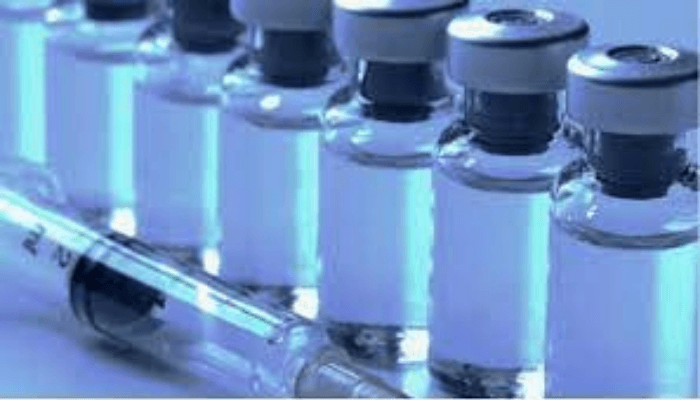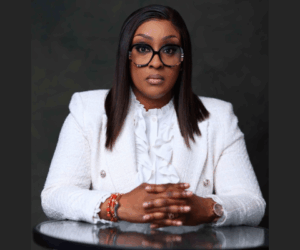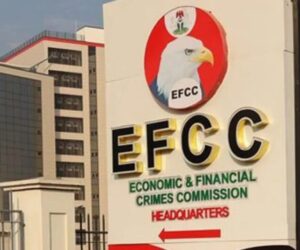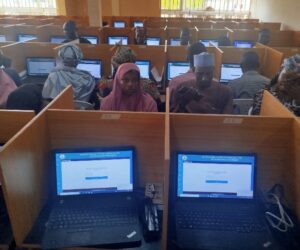May & Baker Nigeria Plc’s half-year results for 2025 highlight the growing role of debt in funding its operations, with borrowings and finance costs rising faster than earnings, highlighting the pressure that high interest rates and liquidity constraints are exerting on Nigeria’s pharmaceutical sector.
The company reported profit after tax of N876.6 million, a 150 percent improvement from N351.4 million in H1 2024. Revenue climbed 43 percent to N10.23 billion, while gross profit rose 64 percent to N3.98 billion, sustaining margins at 39 percent compared with 34 percent a year earlier. Operating profit nearly doubled to N1.43 billion, underlining efficiency gains as sales grew faster than overheads.
Yet these impressive figures mask a growing burden of debt and finance costs, which are expanding at a pace that could erode the benefits of higher sales.
Net finance expenses rose sharply to N434 million, up 77 percent from N245 million in 2024. The increase outpaced the 94 percent growth in operating profit, highlighting the drag of leverage on performance. With Nigeria’s benchmark interest rates elevated above 26 percent, debt servicing costs are biting deeper into corporate earnings, and May & Baker is not insulated from this trend.
The pressure from interest expenses underscores how external financing, though vital for expansion, is becoming a double-edged sword. While borrowings have supported revenue growth and asset expansion, the rising cost of credit in a high-rate environment raises questions about sustainability.
May & Baker’s borrowings rose to N8.43 billion in June 2025, from N6.56 billion at year-end 2024 which is a 28 percent increase in just six months. Current liabilities also climbed 26 percent to N13.67 billion, highlighting a growing reliance on short-term financing to fund operations and working capital needs.
This debt-fuelled expansion has supported asset growth. Total assets increased 14 percent to N28.66 billion, from N25.16 billion in December 2024. Current assets rose to N16.72 billion, reflecting higher receivables and inventories tied to the company’s push for greater market reach.
Read also: May & Baker grows H1 profit by 49% from drug sales
The balance sheet shows an aggressive deployment of working capital, signalling management’s confidence in sustaining demand. But it also exposes the firm to refinancing risks, especially if interest rates remain elevated or tighten further.
The increased borrowing has not translated into stronger liquidity. Net cash from operations fell into negative territory at N1.46 billion, a reversal from a positive inflow of N3.0 billion in the same period of 2024. The reversal suggests that despite higher revenues, much of the company’s sales remain locked up in receivables, limiting cash conversion.
This divergence between profit and liquidity reflects a broader challenge in the sector: companies are booking robust sales but extending significant credit to distributors and hospitals, creating short-term growth at the cost of immediate cash. In a high-interest-rate economy, where the cost of bridging liquidity gaps is expensive, this can prove risky.
The combination of higher leverage, negative cash flow, and rising finance costs creates a challenging backdrop for May & Baker heading into the second half of 2025. Unless it improves cash generation, the company could be forced to refinance at even higher interest rates, compressing margins despite strong operating performance.
The pattern mirrors that of Fidson Healthcare Plc, Nigeria’s largest listed pharmaceutical company, which also posted record H1 earnings but reported negative operating cash flow and rising debt. Together, the results suggest that Nigeria’s drugmakers are caught in a delicate balancing act: pursuing expansion in a growing healthcare market while battling liquidity and debt constraints.
Nigeria’s pharmaceutical industry remains structurally dependent on imports for more than 70 percent of its raw materials, leaving firms exposed to currency volatility. Although May & Baker’s forex exposure was better contained this year compared to 2024, exchange rate instability continues to shape input costs and margins.
At the same time, healthcare demand is resilient, with rising chronic disease prevalence and demographic growth providing a strong runway for drugmakers. Companies like May & Baker have responded by deepening distribution networks, expanding therapeutic lines, and adjusting prices to maintain competitiveness.
The drug maker’s outlook offers a mixed view. Robust profit growth and market expansion come at the cost of rising debt and strained liquidity. The company’s ability to deliver sustainable earnings will depend on how effectively it can manage receivables, improve cash flow, and balance its financing structure.
Expansion strategies built on debt financing carry inherent risks in Nigeria’s current macroeconomic climate. With inflation still in double digits and monetary policy tight, the cost of sustaining growth through borrowings could weigh heavily on profitability unless cash conversion improves.









